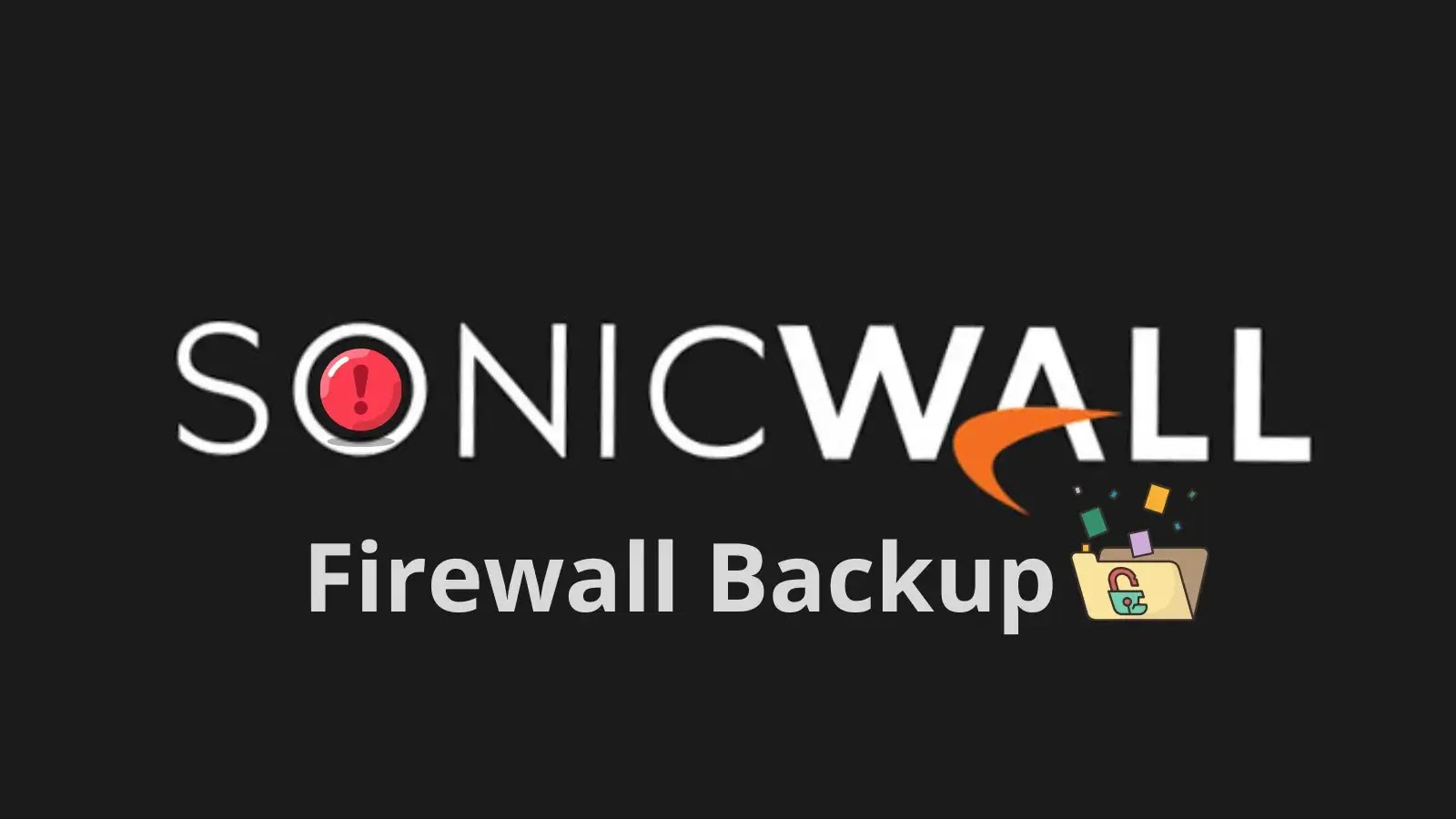
SonicWall Confirms State-Sponsored Hackers Behind the Massive Firewall Backup Breach
SonicWall Confirms State-Sponsored Hackers Behind Massive Firewall Backup Breach
The digital perimeter of organizations worldwide relies heavily on robust security measures. When a trusted cybersecurity vendor like SonicWall announces a significant breach, especially one attributed to state-sponsored actors, it sends ripples through the industry. SonicWall recently confirmed that sophisticated, government-backed attackers were behind an incident involving unauthorized access to firewall backup files held in their cloud environment. This disclosure underscores the persistent and evolving threat landscape faced by every organization, regardless of their security posture or vendor relationships.
The Genesis of the Breach: Unauthorized Access to Configuration Files
The incident began to unfold in early September. SonicWall’s internal security teams detected suspicious activity indicating unauthorized downloads of firewall configuration files. These aren’t just any files; they contain critical operational data that, in the wrong hands, could provide invaluable insights into network architecture, security policies, and potential vulnerabilities. The fact that these files were stored in a cloud environment highlights the ongoing challenge of securing cloud-based assets as part of a comprehensive cybersecurity strategy.
Upon this discovery, SonicWall promptly activated its incident response plan. This swift action is crucial in mitigating the damage of any breach, allowing for immediate investigation and containment efforts. The identification of state-sponsored actors suggests a high level of sophistication and specific targeting, indicating that this was not a random attack but a calculated effort to compromise critical infrastructure or intelligence.
Understanding the State-Sponsored Threat
State-sponsored hacking groups, often referred to as Advanced Persistent Threats (APTs), possess significant resources, expertise, and patience. Unlike cybercriminals motivated solely by financial gain, APTs typically operate with strategic objectives, such as industrial espionage, intellectual property theft, critical infrastructure disruption, or political influence. Their methods are often highly advanced, employing zero-day exploits, sophisticated social engineering, and persistent reconnaissance. The confirmation by SonicWall that these actors were responsible for accessing firewall backup files signals a serious escalation in the threat landscape, as such breaches can offer adversaries deep insights into network defenses and operational intricacies.
Implications of Exposed Firewall Backup Files
The compromise of firewall backup configuration files presents several critical risks:
- Network Mapping: Attackers could gain a complete understanding of a network’s topology, including internal segmentation, device types, and communication pathways.
- Vulnerability Identification: Configuration data might reveal outdated software versions, misconfigurations, or specific rulesets that could be exploited.
- Credential Harvesting: Backup files can sometimes contain hashes or even plaintext credentials, offering entry points for further lateral movement.
- Policy Evasion: Knowing the exact security policies in place allows attackers to craft attacks designed to bypass existing defenses more effectively.
- Supply Chain Attack Vector: If the compromised configurations belong to SonicWall’s customers, this could open doors for broader supply chain attacks targeting those organizations.
Remediation Actions and Best Practices
While the full scope of the breach and specific vulnerabilities exploited are still under investigation, organizations utilizing SonicWall products, and indeed all organizations, should take proactive steps to enhance their security posture. It’s important to note that no specific CVE has been explicitly linked to this incident in the provided source, indicating it likely involved unauthorized access rather than a product vulnerability in the traditional sense.
- Review and Rotate Credentials: Immediately review and rotate all administrative credentials associated with SonicWall devices and cloud accounts where configurations are stored. Implement strong password policies and multi-factor authentication (MFA) everywhere possible.
- Audit Cloud Storage Access: Scrutinize access logs for cloud storage environments housing sensitive backups. Implement the principle of least privilege for all cloud resources.
- Network Segmentation: Ensure robust internal network segmentation to limit the blast radius if an attacker gains initial access through compromised configuration data.
- Regular Configuration Audits: Periodically audit firewall configurations for unnecessary rules, outdated settings, and adherence to security best practices.
- Implement Advanced Threat Detection: Deploy Endpoint Detection and Response (EDR) and Security Information and Event Management (SIEM) solutions to detect anomalous activity and potential breaches in real-time.
- Backup Encryption and Integrity: Ensure all backup files, especially sensitive configuration data, are encrypted both in transit and at rest. Implement integrity checks to prevent tampering.
- Stay Informed: Monitor official SonicWall advisories and security updates diligently.
Tools for Enhanced Security and Detection
| Tool Name | Purpose | Link |
|---|---|---|
| SIEM Solutions (e.g., Splunk, Microsoft Sentinel) | Aggregates and analyzes security logs for threat detection and incident response. | https://www.splunk.com/ https://azure.microsoft.com/en-us/products/microsoft-sentinel |
| Cloud Security Posture Management (CSPM) | Identifies misconfigurations and compliance risks in cloud environments. | https://www.wiz.io/ https://www.paloaltonetworks.com/prisma/cloud |
| Vulnerability Management Solutions (e.g., Tenable.io, Qualys) | Identifies and assesses vulnerabilities across IT assets, including firewalls. | https://www.tenable.com/ https://www.qualys.com/ |
| Multi-Factor Authentication (MFA) Providers | Adds an essential layer of security beyond passwords. | https://duo.com/ https://www.okta.com/ |
Key Takeaways from the SonicWall Incident
The SonicWall breach, traced back to state-sponsored actors accessing firewall backup files, serves as a stark reminder of several critical cybersecurity tenets. First, no vendor, no matter how reputable, is entirely immune to sophisticated attacks. Second, the security of cloud-stored data is paramount, particularly when it pertains to foundational network configurations. Finally, the relentless activities of state-sponsored groups demand continuous vigilance, robust incident response planning, and a proactive approach to security across all layers of the IT infrastructure. Organizations must assume compromise and build defense-in-depth strategies, focusing on detection, rapid response, and resilience.





